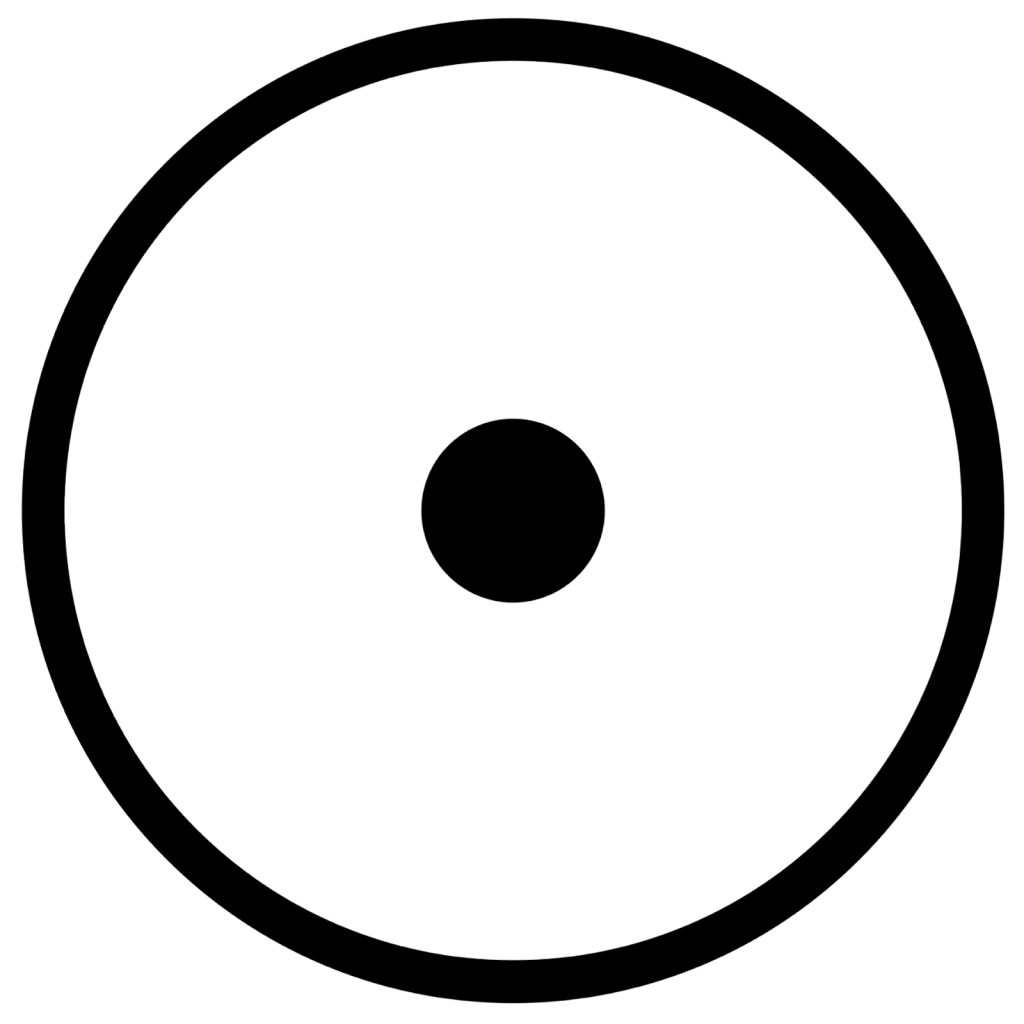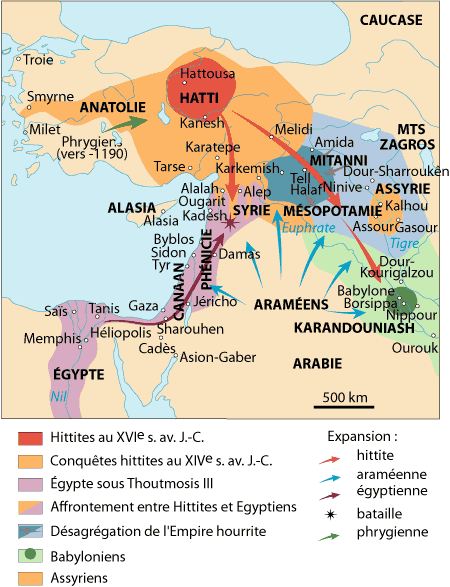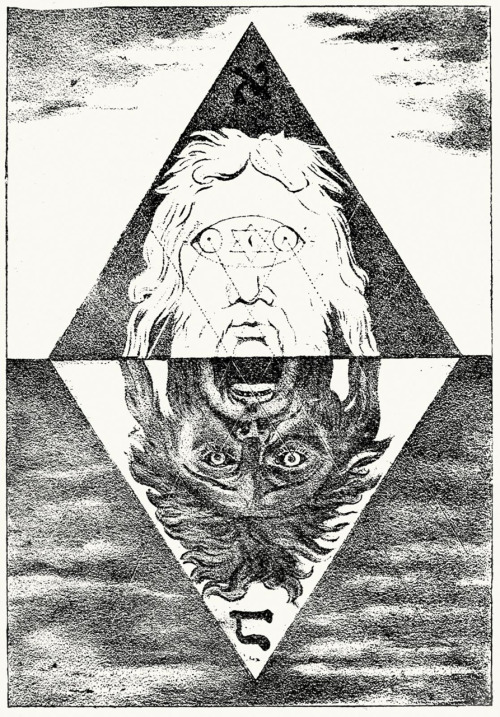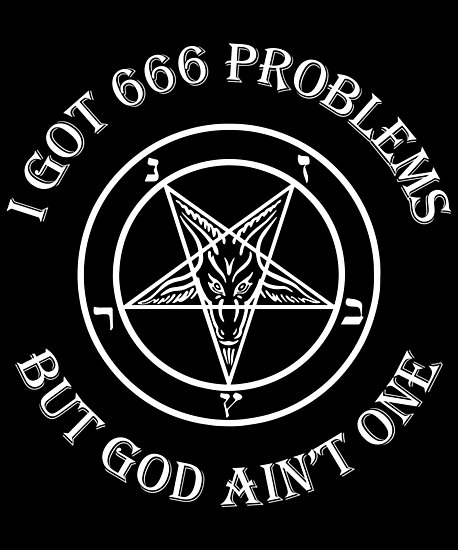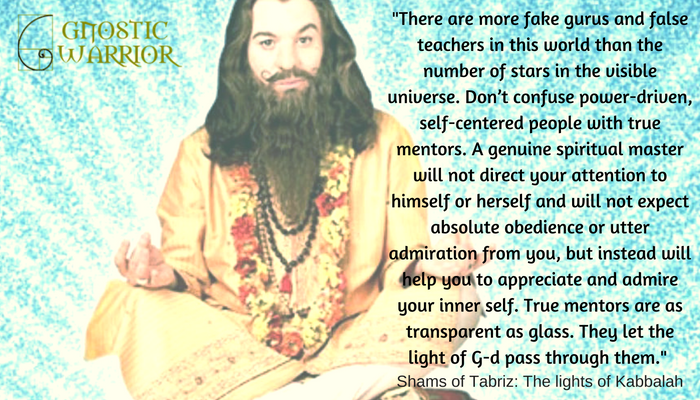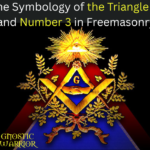Since ancient times, many philosophers, mathematicians, and theologians have said that the monad or number one represents a secret principle of a sacred central fire that unites all things forming our realities.
This concept has a profound significance in both philosophy and cosmogony for well over 2,000 years.
The Greeks called it the “monad or monas,” meaning “unity” or “oneness,” which represents the fundamental building block of existence. It was associated with the belief in the “prime mover” or the first cause that set the universe in motion.
This concept can be traced back to the teachings of ancient philosophers such as Pythagoras and Plato, who believed in the existence of a fundamental substance that underlies the diversity of the material world.
According to Pythagoras, who some consider the Father of Math and his followers, the Pythagoreans, the monad is the ultimate source of all existence.
In this philosophy, the number one or monad is considered the origin of numbers, as numbers are seen as the building blocks of reality. It stood at the pinnacle of this numerical hierarchy.
For the Pythagoreans, the Monad represented the source from which all other numbers and mathematical relationships were derived.
It symbolized unity, indivisibility, and the essence of all beings.
ORDO AB CHAO
The monad is seen as the creative force, fire or energenetic force that brings order out of chaos, giving rise to the intricate web of interconnectedness that defines our reality. It is the principle that brings about the principles of symmetry, proportion, and harmony that permeate the natural world.
In Pythagorean cosmogony, it serves as the guiding force that organizes or more appropriately, magnetizes the chaotic elements of the universe into a harmonious order. According to their teachings, each number possessed its own unique essence and vibrational frequency, and these vibrations were considered to be the very fabric of reality.
They believed that it gave rise to the dyad, which then generated all other numbers and the material world. It is the indivisible and immutable essence that underlies the entire cosmos.
This embodies the idea that everything in the universe can be reduced to a singular, fundamental unit. In its essence, it is the ultimate unity, the indivisible entity from which all things originate. Hence, the monad represents the primary building block of reality, the seed of creation, and the spark that ignites the cosmic order.
For Plato, this force or fire was called ether and was the substance by which the Craftsmam had created the universe and world. The Freemasons represent this with their motto, ORDO AB CHAO and the concept of the Great Architect of the Universe (T.G.A.O.T.U.).
This concept of the monad is often depicted as a circle, symbolizing its perfect and infinite nature.
THE MONAD IN ESOTERIC PHILOSOPHY
In the realm of ancient and esoteric philosophies, the concept of the Monad holds a significant place in Gnosticism, Hermeticism and Alchemy. These mystical traditions, intertwined with deep spiritual wisdom, have long sought to understand the nature of existence and the interconnectedness of all things.
In Gnosticism, the monad is at the root of the pleroma, the infinite fount of matter and energy in the universe.
In Hermeticism, the Monad is seen as the ultimate source of all creation, the divine spark from which everything springs forth. It represents the timeless and indescribable essence that permeates all levels of reality. This concept aligns with the idea of the One in Neoplatonism, emphasizing the unity and oneness of the universe.
Alchemy, on the other hand, views the Monad as the primordial substance or the original matter from which the alchemical transmutation takes place. It is the raw material that undergoes various stages of refinement and purification, ultimately leading to the attainment of perfection or the Philosopher’s Stone.
It symbolizes the potential for transformation and the inherent unity of all elements.
33rd Degree Freemason and author, Manly P. Hall wrote;
“The number one was the point within the circle , and denoted the central fire , or God , because it is the beginning and ending ; the first and the last . It signified also love , concord , piety , and friendship , because it is so …”
Hall said, “The sun is a great dot, a monad of life, and each of its rays a line – its own active principle in manifestation.
The key thought is: The line is the motion of the dot. The dot, or Sacred Island, is the beginning of existence, whether that of a universe or a man.”
It is seen as the unity that precedes duality, representing the transition from the formless to the formed.
Just as the concept is a single entity, it is also considered the harmonious union of opposites. It represents the synthesis of opposites such as light and darkness, male and female, unity and multiplicity, and harmony, balance or order.
As Plato wrote, “Love is born into every human being; it calls back the halves of our original nature together; it tries to make one out of two and heal the wound of human nature.” (Plato, The Symposium)
From Plato, Neoplatonism, placed great emphasis on the concept of the Monad, particularly through the teachings of one of its prominent figures, Plotinus.
According to Plotinus, the One is beyond all categories and distinctions. It is ineffable and transcendent, beyond the grasp of human comprehension. It is the origin and cause of all things, the pure essence from which everything else derives its being.
Plotinus taught that through contemplation and philosophical inquiry, individuals can come to realize their connection to the One and experience a sense of oneness with the ultimate reality.
In Neoplatonic philosophy, the journey towards understanding the One, or the Monad, is seen as a spiritual ascent. This journey involves transcending the limitations of the material world and ascending through the various levels of existence, ultimately reaching a state of unity with the One.
This realization brings about a transformative spiritual awakening, leading to a higher understanding of the self and the universe.
THE MONAD IN EASTERN PHILOSOPHY
In Chinese philosophy, the concept of the monad is reflected in the teachings of Taoism, where it represents the ultimate source of all things. Taoism, rooted in the profound wisdom of Lao Tzu’s Tao Te Ching, delves into the fundamental principles of existence and the interconnectedness of all things.
At the heart of Taoist philosophy lies the concept of the Tao, often described as the “Way” or the “Ultimate Reality.”
It is the underlying force that governs the universe, encompassing both the seen and unseen aspects of existence representing the unifying essence that flows through all things, connecting them in a harmonious and ever-evolving dance.
According to Taoist teachings, it is the eternal and unchanging essence that transcends the duality of existence, encompassing both yin and yang, darkness and light, movement and stillness.
The Taoist sages emphasize the importance of aligning oneself with the flow of the monad, harmonizing with its rhythms and embracing the natural order of the universe.
It was also explored in Indian philosophy, particularly in the school of Hindu philosophy known as Advaita Vedanta. Here, the monad, referred to as “Atman,” is considered the eternal, unchanging essence of the self, which is indistinguishable from the ultimate reality, known as “Brahman.”
This idea of the monad was incorporated within monotheism, and the monotheistic religions symbolized as God or the universe.
It served as a metaphorical representation of the divine spark present within every individual. The Monad was seen as the innermost essence of the human soul, connecting each individual to the universal cosmic order.
It embodied the idea that each person possessed a unique and irreplaceable role within the grand tapestry of existence.
Hence, One God. One Lord. One Faith and One Baptism by Holy Fire (monad) – Not water.
To reunite with the One of God was to be Born Again.
The Prodigal son who was lost is now found.
THE MONAD IN MODERN SCIENCE
In the field of science, the notion of a unified theory that explains the fundamental workings of the universe has been a longstanding pursuit.
From the Ancient Pythagoreans and Plato to Leibniz’s monadology and modern science and philosophy, the concept of the monad has provided the unifying framework for the theory of relativity to quantum mechanics, understanding consciousness, free will, and the nature of reality itself.
In the 17th century, German philosopher and mathematician Gottfried Wilhelm Leibniz revived the concept of the monad. His magnum opus, “Monadology,” provides profound insights into the nature of reality, metaphysics, and the interconnectedness of all things.
In “Monadology,” Leibniz presents a metaphysical framework that explains the nature of existence and how monads relate to one another. He argues that they do not directly interact but rather harmoniously coexist in a pre-established harmony, orchestrated by a divine entity.
Leibniz’s modern concept of monadology challenges the traditional understanding of causality and suggests a synchronized universe where every monad’s actions align with the actions of other monads, creating a grand cosmic dance.
Influenced by his studies in mathematics and metaphysics, Leibniz proposed that monads were the basic units of reality, each possessing its own unique properties and experiences. He said they were indivisible and could not be influenced by external forces, but rather, they interacted with one another through a pre-established harmony.
According to Leibniz, they are indivisible, immaterial substances that are the fundamental building blocks of the universe.
Each is unique, representing a distinct perspective on reality.
These monads are not passive entities but rather possess inherent qualities and capacities that allow them to perceive, act, and interact with other monads.
He suggests that each one possesses a unique perception of the universe, which he calls “apperception.”
This individualistic perspective shapes the experiences and consciousness of each monad, making them active participants in the construction of reality. Hence, each individual substance is seen as a unique monad with its own perception and consciousness that are co-creators or builders of the world in which we live.
Epistemologically, Leibniz’s monads provide a unique perspective on the nature of knowledge or Gnosis.
Since each monad is a separate and distinct microcosm of the universe, it possesses its own unique perspective and experiences. This notion of “pre-established harmony” suggests that each monad has access to a specific set of truths, forming the basis of its individual knowledge.
Hence, no two humans are exactly the same.
Furthermore, Leibniz proposes that they are not confined to the physical realm but also exist in the realm of immaterial substances. This duality allows for a deeper exploration of the connection between mind and matter, challenging the Cartesian mind-body dualism prevalent during his time.
In the realm of physics, the concept of the Monad resonates with the fundamental building blocks of the universe. In particle physics, for instance, the notion of elementary particles can be seen as analogous to monads.
These indivisible units, such as quarks or electrons, possess unique properties and interact with one another to form the complexity we observe in the physical world.
In biology, the concept can be related to the idea of the cell as the fundamental unit of life. Just as monads are self-contained entities, cells possess their own internal structures and functions, while simultaneously interacting with other cells to compose the complex organisms we observe.
Moreover, the concept of the Monad has also sparked intriguing discussions in fields such as psychology and consciousness studies. Some theorists propose that the monad can be associated with the individual consciousness, representing a unique and self-contained center of experience within each person.
Additionally, the concept of monads has found resonance in cosmogony, the study of the origin and evolution of the universe. They are seen as the primordial entities that give rise to the diversity and complexity of the cosmos.
Monads represent the underlying fabric from which everything emerges and are seen as the driving force behind the dynamic unfolding of the universe.
In the realm of mathematics and computer science, the concept of the Monad has found its home in the paradigm of functional programming. Functional programming is an approach to software development that emphasizes the use of pure functions and immutable data.
In functional programming, a monad represents a computational context or a sequence of computations. In functional programming, it provides a clear separation between pure computations and impure actions, promoting code that is easier to reason about and test.
It allows developers to encapsulate side effects, such as reading from or writing to a database, handling exceptions, or dealing with I/O operations, within a controlled and composable structure. This enforces an explicit and disciplined mathematical approach to handling effects, ensuring that their impact is predictable and managed within the confines of the Monad.
At the core of the Monad in functional programming lies the bind operation, often represented by the symbol “>>=”, which allows sequential composition of computations within the Monad. This enables developers to chain together a series of operations, each dependent on the result of the previous one, without explicitly dealing with the underlying data transformations or side effects.
Hence, ALL IS MATH.
By leveraging the Monad, functional programmers can write code that is concise, modular, and reusable, which simplifies complex operations and promotes a declarative style of programming. It enables them to leverage the principles of functional programming to write elegant and efficient code, while also appreciating the historical and philosophical roots of this powerful concept.
Today we can see this in real time with social media platforms like X, Facebook and Instagram that are monotheistic hosts to billions of people, each living in their own multipolar worlds.
Worlds that are not defined by biological traits, genetics, and common characteristics, but by various degrees and categories of knowledge, ideas and wisdom or a lack thereof.
Let me remind you that in modern monadology, monads are individualistically magnetic and like attracts like.
This is why in the monotheistic religion of Christianity, the great teacher Jesus said;
“My people are destroyed for lack of knowledge: because thou hast rejected knowledge, I will also reject thee, that thou shalt be no priest to me: seeing thou hast forgotten the law of thy God, I will also forget thy children.” – Hosea 4:6
CONCLUSION
In conclusion, the significance of monads in modern philosophy lies in their role as fundamental entities that shape our understanding of existence, consciousness, and the interconnected nature of reality.
It invites us to question the nature of the world as we contemplate the interplay between unity and multiplicity, and delve into the depths of our own existence.
As we embark on this monadic journey, we open ourselves to new insights and perspectives that can enrich our understanding of the profound mysteries within the cosmic tapestry (filamental web) that surrounds us.

Moe is the founder of GnosticWarrior.com. He is a father, husband, author, martial arts black belt, and an expert in Gnosticism, the occult, and esotericism.


